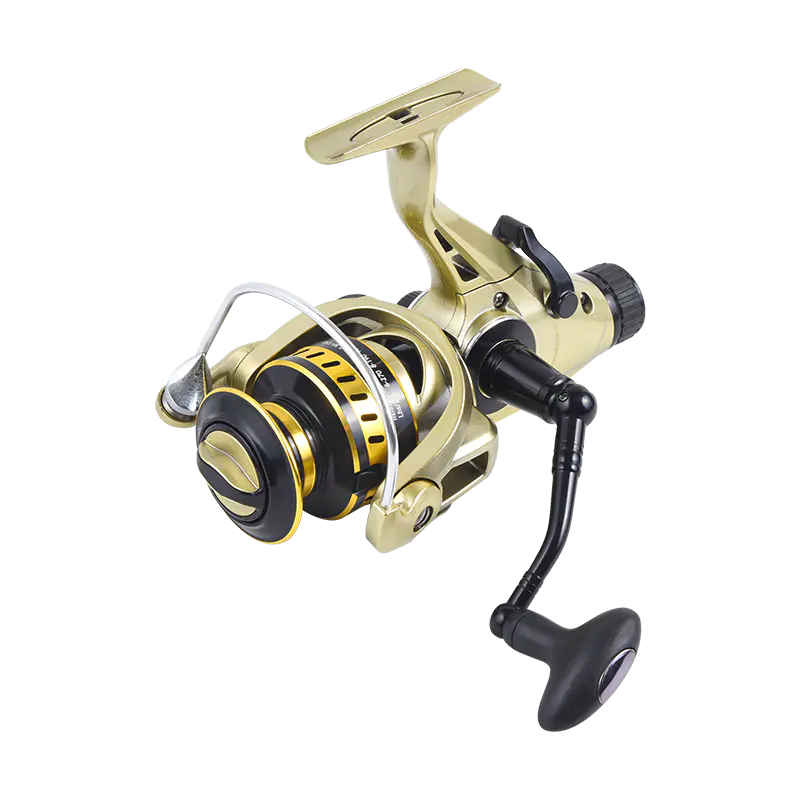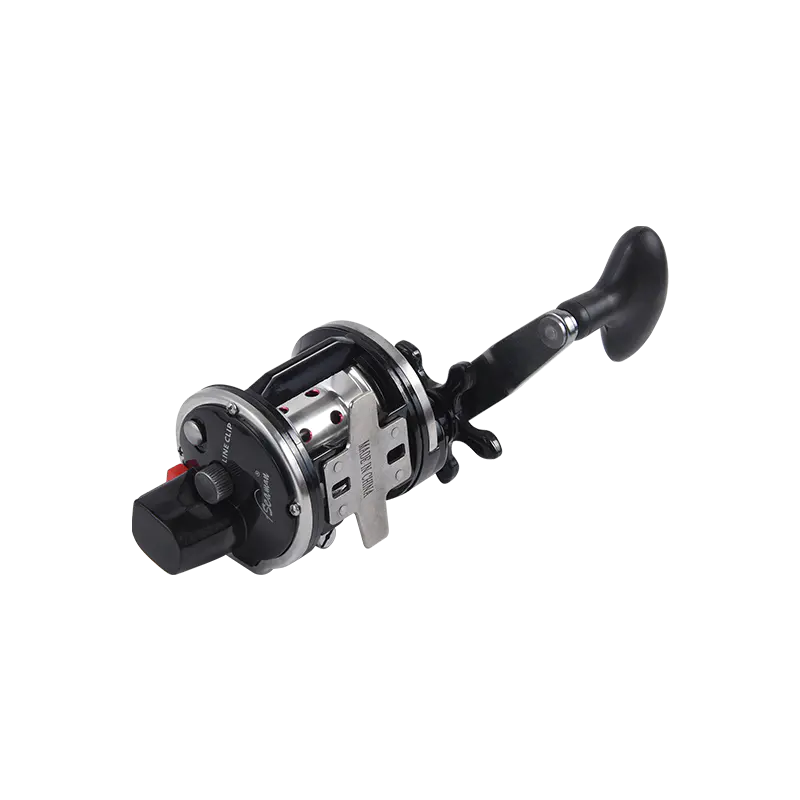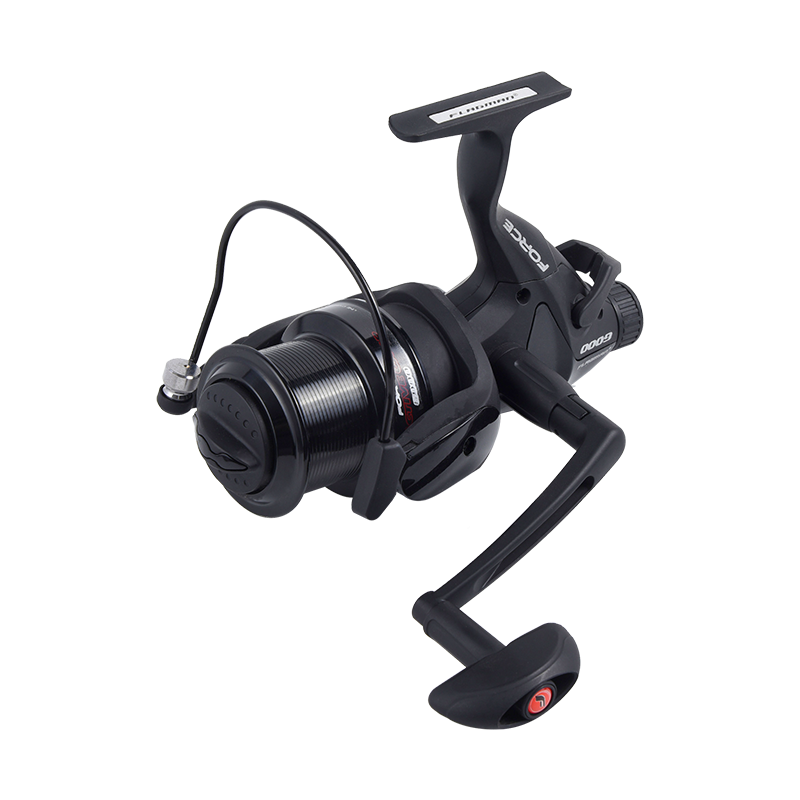In the realm of angling, where precision and control are paramount, the fishing spool emerges as a critical component that directly influences casting performance and overall fishing success. As an integral part of the fishing reel, the spool plays a pivotal role in managing the fishing line and contributing to the smooth, efficient operation of the reel. In this comprehensive exploration, we will delve into the intricacies of fishing spools, shedding light on their design, functionalities, and the crucial role they play in the angler's pursuit of the perfect cast.
The fishing spool is the cylindrical component of the reel around which the fishing line is wound. It is a key player in the casting process, dictating line management, casting distance, and the overall responsiveness of the fishing reel. Fishing spools come in various designs, each tailored to meet the specific demands of different fishing styles, techniques, and target species.
Spool Arbor Design: The arbor of a
fishing spool refers to its central core, and its design influences line capacity and casting performance. Spools can be classified into standard arbors, mid arbors, and large arbors, each offering distinct advantages. Large arbors, for example, are known for their increased line retrieval speed and reduced line memory.
Material Composition: Fishing spools are crafted from a variety of materials, including aluminum, graphite, and composite alloys. The choice of material impacts the spool's weight, durability, and resistance to corrosion, factors that are crucial in determining its suitability for different fishing environments.
Spool Size: The size of the spool affects the amount of line it can hold. Larger spools generally accommodate more line, making them suitable for situations where extended casting distance or greater line capacity is required.
Drag System Integration: Some fishing spools come equipped with a drag system, contributing to the overall control and fighting capabilities of the reel. The drag system on the spool is especially important when targeting larger or more powerful fish.
Adjustable Drag Settings: The ability to fine-tune the drag settings on a fishing spool is crucial for adapting to different fishing conditions and the varied strength of target species. This feature allows anglers to apply the appropriate amount of resistance during the fight with a fish.
Advantages of Well-Designed Fishing Spools:
Enhanced Casting Distance: Fishing spools with larger arbors or specialized designs contribute to increased casting distance. The efficient line release and reduced line memory afforded by well-designed spools result in longer, more accurate casts.
Smooth Line Retrieval: The design and construction of a fishing spool influence the smoothness of line retrieval. A well-crafted spool minimizes friction and ensures even line distribution, allowing for effortless and controlled retrieval.
Reduced Line Memory: Line memory refers to the tendency of fishing line to retain the shape of the spool, causing it to coil and tangle. Fishing spools with features like large arbors and materials that reduce memory contribute to tangle-free, hassle-free fishing experiences.
Controlled Drag: Fishing spools with integrated drag systems provide anglers with precise control over the amount of resistance applied to the line. This is crucial for managing the fight with a fish, preventing line breaks, and increasing the chances of a successful landing.
Versatility in Fishing Styles: Well-designed fishing spools are versatile, accommodating various fishing styles and techniques. Whether pursuing freshwater species with finesse or engaging in offshore battles, a properly chosen spool enhances the angler's ability to adapt to different scenarios.
Spool Arbor Size: Consider the size of the spool arbor, as it directly impacts line retrieval speed and line capacity. Larger arbors are beneficial for increased retrieval speed and reduced line memory.
Material Durability: Evaluate the durability of the spool material, especially if fishing in saltwater environments. Aluminum and corrosion-resistant alloys are popular choices for spools intended to withstand the corrosive effects of saltwater.
Drag System Type: Consider whether the fishing spool comes with an integrated drag system and the type of drag mechanism it employs. Disc drags are often preferred for their precision and versatility in handling different fish sizes.

 English
English
 中文简体
中文简体
 Español
Español















